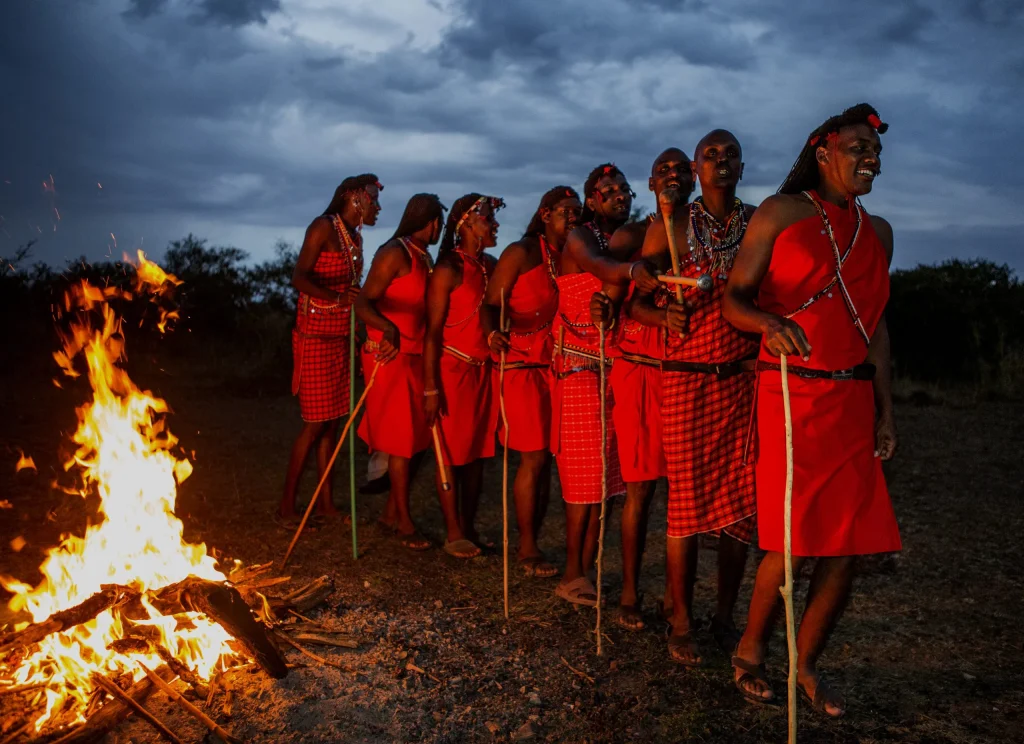The Maasai Tribe: Vibrant Culture and Timeless Traditions in Kenya and Tanzania
The Maasai tribe, located in Kenya and Tanzania, is celebrated for its rich and colorful culture. They are well-known for their unique attire, which features vivid red robes known as “shukas” and intricate beadwork. The Maasai people maintain a deep connection with their cattle, which hold significant importance in their everyday activities and cultural traditions. They are also famous for their jumping dance, which symbolizes strength and vitality.
The Maasai tribe is primarily found in the East African countries of Kenya and Tanzania, inhabiting the regions surrounding the Great Rift Valley. They have managed to preserve their distinctive cultural practices and customs, despite the influences of modernization and urbanization.
One of the most striking aspects of the Maasai tribe is their traditional clothing. The Maasai people often adorn themselves in bright red shukas, which are draped over their bodies. These shukas are typically worn by both men and women and serve as a symbol of Maasai identity. Additionally, the Maasai are skilled artisans who create intricate beadwork, incorporating colorful beads into their clothing, jewelry, and decorative items.
Cattle play a central role in the lives of the Maasai people. They are considered a vital source of wealth and status within the community. The Maasai measure their wealth in terms of the number of cattle they own, and livestock are often exchanged as part of marriage dowries and other important transactions. Cattle are also used for milk, meat, and blood, which hold cultural significance in various ceremonies and rituals.
The Maasai tribe is renowned for their jumping dance, known as “Adamu” or “Aigus”, which is performed by the warriors of the community. This dance involves impressive vertical jumps, with the dancers aiming to showcase their strength, agility, and endurance. The higher the warriors jump, the more respect and admiration they earn from the community.
In recent years, the Maasai tribe has faced various challenges due to the changing world around them. Land disputes, loss of traditional grazing grounds, and modern education systems have impacted their traditional way of life. However, efforts are being made to preserve and protect the Maasai culture and traditions, with organizations working alongside the tribe to address these challenges.
The Maasai tribe continues to captivate visitors from around the world with their vibrant culture and unique way of life. Their distinct clothing, intricate beadwork, strong connection to cattle, and mesmerizing jumping dance all contribute to their enduring legacy as one of Africa’s most iconic indigenous communities.
Hits: 2







